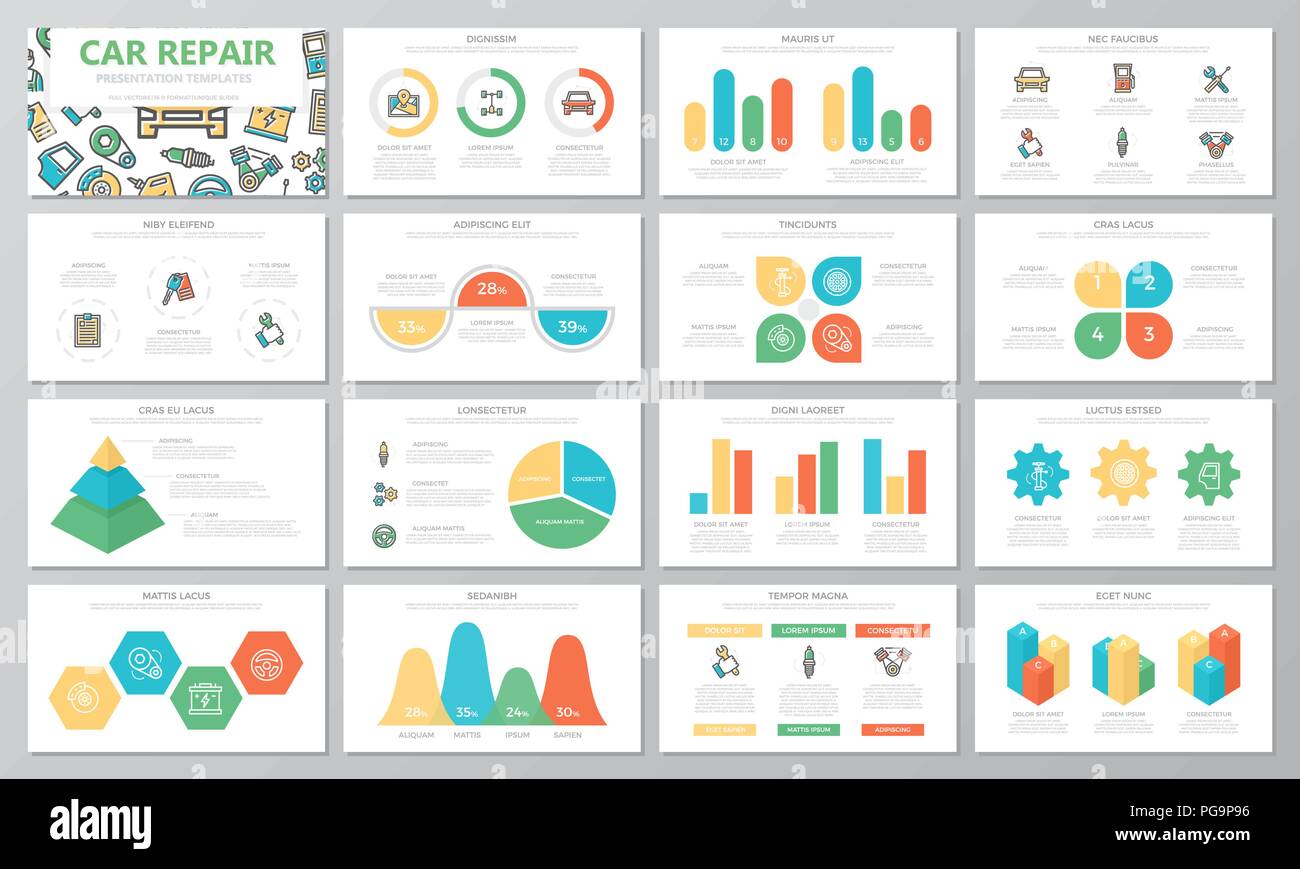Eager To Recognize What The Dashboard Caution Lights In Your Car Indicate? Explore Their Meanings For The Wellness And Safety Of Your Vehicle
Eager To Recognize What The Dashboard Caution Lights In Your Car Indicate? Explore Their Meanings For The Wellness And Safety Of Your Vehicle
Blog Article
Web Content Produce By-Hartley Stark
When you're behind the wheel, those radiant caution lights on your dashboard can be a bit complicated. Do you recognize what they're attempting to inform you about your automobile's wellness? Understanding the significance of these lights is vital for your security and the longevity of your lorry. So, the following time one of those lights appears, wouldn't you wish to understand its message accurately and take the essential steps to resolve it?
Common Caution Lighting and Interpretations
Determine usual caution lights in your car and comprehend their definitions to ensure secure driving.
The most normal caution lights include the check engine light, which signifies problems with the engine or exhausts system. If this light begins, it's crucial to have your car inspected quickly.
The oil stress advising light shows low oil stress, requiring prompt attention to avoid engine damages.
A flashing battery light might suggest a defective charging system, potentially leaving you stranded otherwise dealt with.
The tire pressure tracking system (TPMS) light alerts you to low tire pressure, affecting car stability and fuel performance. Disregarding this might bring about unsafe driving conditions.
The ABS light shows a trouble with the anti-lock stopping system, jeopardizing your capability to stop promptly in emergency situations.
Last but not least, the coolant temperature level warning light warns of engine overheating, which can cause extreme damages otherwise settled swiftly.
Recognizing car wrap nz will aid you attend to issues promptly and maintain risk-free driving problems.
Relevance of Prompt Attention
Comprehending the typical warning lights in your auto is just the initial step; the importance of quickly resolving these warnings can not be stressed enough to ensure your security on the road.
When a warning light brightens on your dashboard, it's your automobile's means of connecting a potential concern that requires focus. Neglecting these warnings can cause more severe troubles later on, endangering your safety and security and potentially costing you a lot more in repairs.
https://www.fox9.com/news/twin-cities-auto-shop-to-pay-employee-it-forced-to-quit-60k to cautioning lights can stop breakdowns and accidents. For https://chassispartscar95162.webdesign96.com/32655473/learn-just-how-eco-friendly-auto-detailing-products-can-elevate-your-car-s-shine-while-securing-the-world-uncover-the-lasting-choices-waiting-for-you , a blinking check engine light could indicate a misfire that, if left unattended, can trigger damage to the catalytic converter. Resolving this immediately can conserve you from a pricey repair work.
In a similar way, a brake system alerting light could signify reduced brake liquid or worn brake pads, essential parts for your safety when driving.
DIY Troubleshooting Tips
If you notice a warning light on your control panel, there are a few do it yourself troubleshooting tips you can attempt before seeking professional assistance.
The very first step is to consult your automobile's guidebook to comprehend what the specific caution light shows. In some cases the problem can be as simple as a loose gas cap triggering the check engine light. Tightening up the gas cap might deal with the problem.
An additional common concern is a reduced battery, which can cause various cautioning lights. Checking the battery connections for deterioration and ensuring they're safe might deal with the trouble.
If a caution light continues, you can attempt resetting it by disconnecting the auto's battery for a couple of mins and afterwards reconnecting it. Furthermore, inspecting your car's fluid levels, such as oil, coolant, and brake liquid, can assist fix advising lights connected to these systems.
Final thought
Finally, recognizing your vehicle's caution lights is vital for maintaining your automobile running efficiently and securely. By without delay resolving these alerts and understanding what they suggest, you can avoid expensive repairs and possible failures.
Bear in mind to consult your cars and truck's handbook for specific details on each advising light and take action accordingly to make sure a hassle-free driving experience.
Remain notified, remain risk-free when driving!
